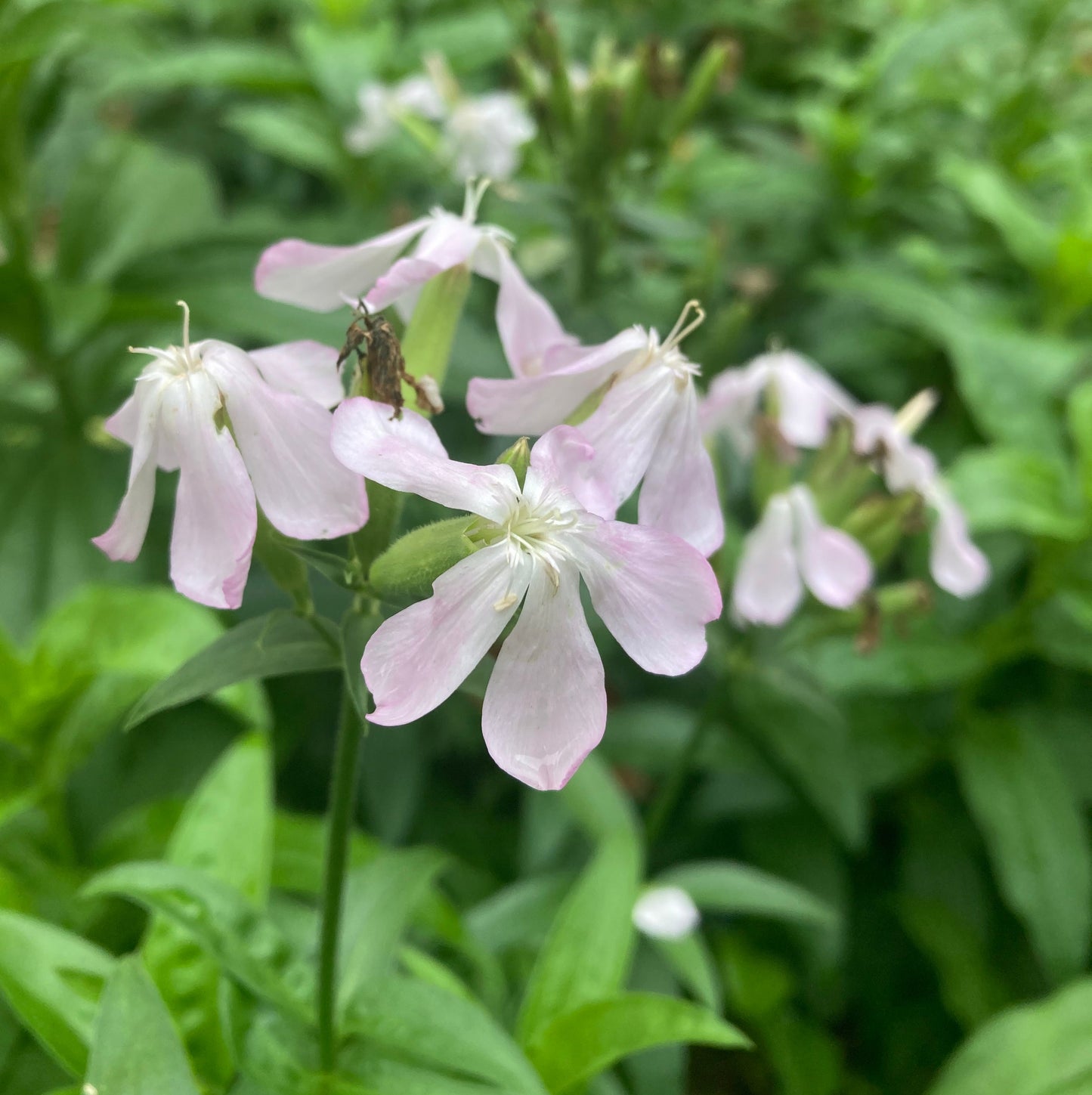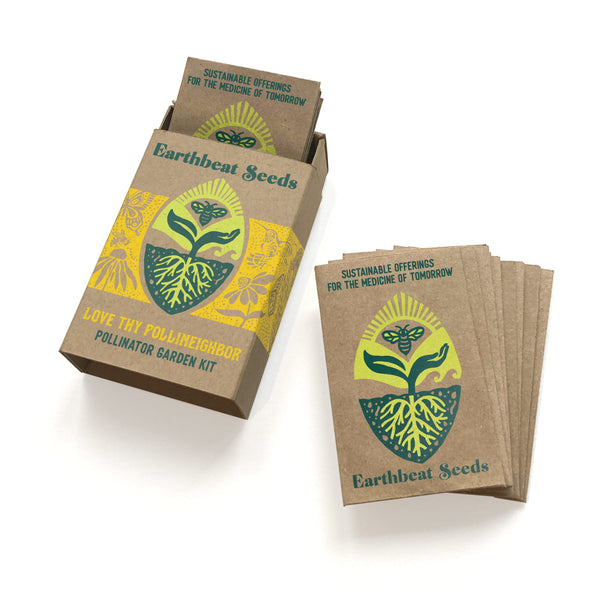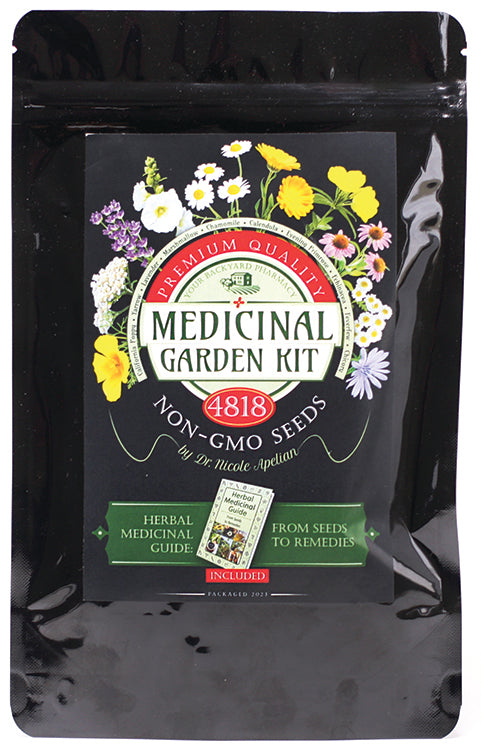Soapwort (Saponaria officinalis)
Couldn't load pickup availability
*Designated an invasive species in the following states, no sale: OR, MI, IN, WV
Soapwort, with its pale to bright pink flowers and clumping habit, makes for a beautiful ground cover, readily reseeding and spreading by rhizome and naturalizing in one’s garden. Soapwort is best planted where you desire a patch of this vigorous plant. It is hardy in poor soils and to some amount of foot traffic. Take note to shear blossoms promptly if you’d like to keep Saponaria officinalis from spreading out further. With its long blooming time and abundance of inflorescence, this low maintenance plant is beloved by a sundry of pollinators. Soapwort contains the compound saponin in its roots, a property that allows for this plant to produce bubbles and easily be made into a mild soap or detergent. The Latin word ‘sapo’ translates to ‘soap,’ and ‘aria’ to ‘like’ or ‘similar to.’ Ancient Greeks referred to it as ‘catharsis,’ for its cleansing and purifying qualities (both as a soap and perhaps for its purgative qualities too). Its historical use for the purpose of washing has earned it common names such as ‘Bouncing Bet’ (an old nickname for a washing woman), ‘Lather Root,’ and ‘Crow Soap.’ It’s said the shape of the flower resembles a washwoman bobbing up and down to scour, petticoats tied up. Other sweet titles are ‘Wild Sweet William,’ ‘Old Maid’s Pink,’ and ‘Lady-by-the-garden-gate.’
Native to Europe and Asia, Soapwort has had a variety of applications throughout history. As it can often be seen growing by rivers, it is only natural that someone noticed its potential for lathering up. Ancient Romans would use it as a water softener, growing it around baths, and farmers would use it to wash their sheep before shearing. This plant was carried along with colonists to North America as a soap substitute. Working-class British folks would use the plant to wash their wood and pewter dishware, as well as their laundry. Boiling the roots can create a decoction with a soothing effect on the skin, and can even be used to wash hair as well. This reported use for skin afflictions earned it the name ‘Bruisewort.’ Though not harmful in small quantities (Soapwort is often used in making the Middle Eastern sweet halvah), consuming large amounts of this plant can result in vomiting and stomach upset. Occasionally, it is added into beers to produce a better ‘head’ of foam. In contemporary times, another typical use of Saponaria officinalis was as a cleaning agent for delicate textiles in museums, as it is such a gentle cleanser.





